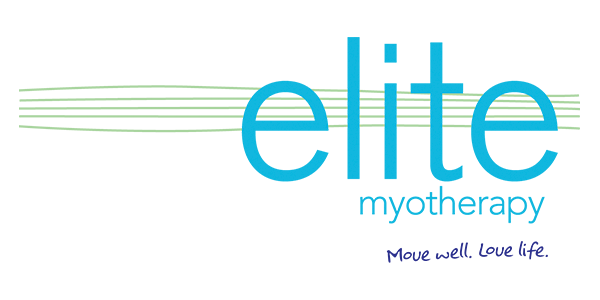Tennis elbow (lateral epicondylitis) and golfer’s elbow (medial epicondylitis) are both forms of elbow tendinopathy, commonly resulting from repetitive overuse of the forearm muscles and tendons.
Tennis Elbow
This condition primarily affects the outside of the elbow and is often linked to activities involving repetitive wrist and arm motions. Tennis players frequently experience it, but it’s also common in occupations requiring similar movements, such as painting, cooking, or using tools like screwdrivers. Symptoms include pain and tenderness on the outside of the elbow, which can radiate into the forearm and worsen with gripping or lifting activities.
Golfer’s Elbow
This affects the inner side of the elbow and is less common than tennis elbow. It’s associated with activities that involve repetitive gripping or wrist flexion, like golfing, but can also arise from jobs that require lifting or using tools. Symptoms include pain and tenderness on the inside of the elbow, sometimes extending along the inner forearm. Grip strength may also be reduced.
Impact on Daily Life
Both conditions can significantly impact daily activities. Tasks that were once simple, like turning a doorknob, shaking hands, or lifting groceries, can become painful and challenging. The chronic pain can also lead to frustration and a reduced quality of life.
Myotherapy for Relief and Recovery: Myotherapy can be highly effective in managing the discomfort and aiding recovery for both tennis and golfer’s elbow. This therapy involves a range of techniques, including:
- Massage: To reduce muscle tension and improve blood flow to the affected area, helping to promote healing.
- Dry Needling: Targeting trigger points to alleviate pain and muscle tightness.
- Stretching and Strengthening Exercises: Tailored to the individual’s needs to improve flexibility and strength in the affected muscles, reducing the risk of recurrence.
- Joint Mobilization: To improve joint movement and decrease stiffness.
- Education and Advice: Myotherapists may also provide guidance on ergonomic adjustments in daily activities and sports to prevent future injuries.
Myotherapy doesn’t just address the symptoms but also aims to identify and treat the underlying causes of the condition, offering a comprehensive approach to recovery and prevention.







